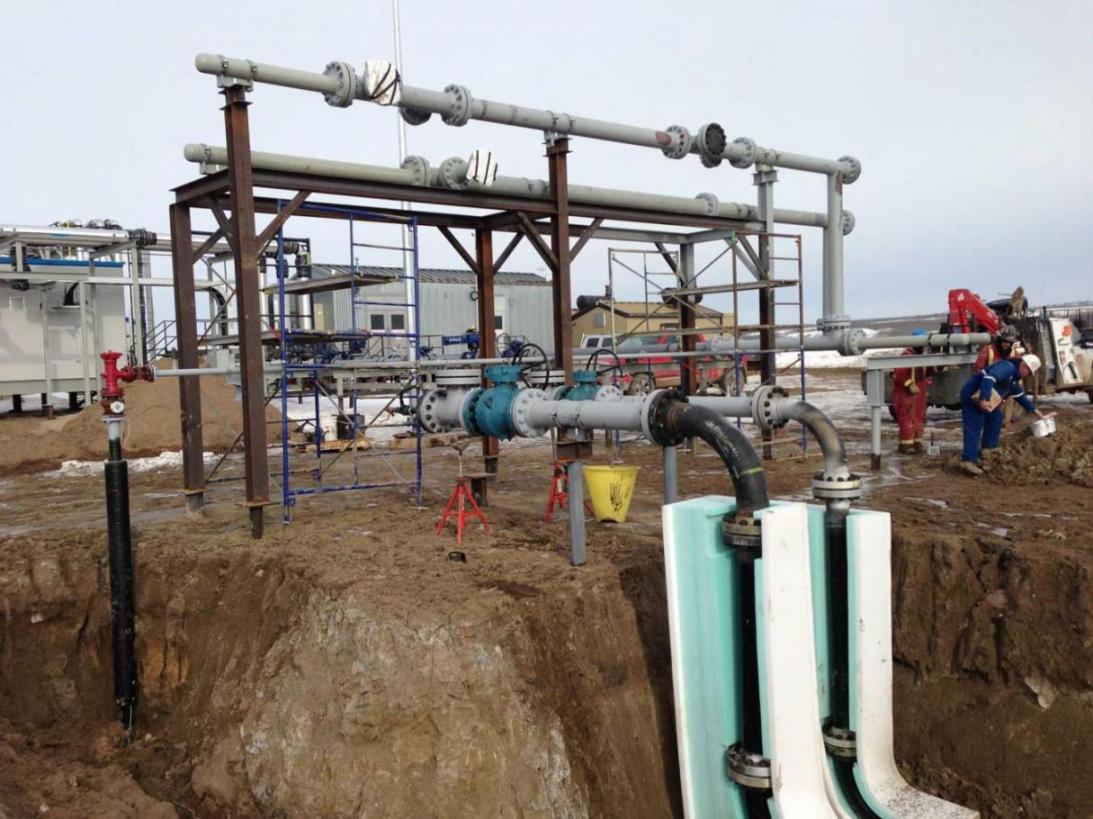Plans have been made to supply all Iranian households with natural gas by mid-2017, the oil minister said.
Speaking in a live TV program, Bijan Namdar Zanganeh added that the first priority after confirming gas production capacity is to provide 97% of the population with gas and the rest cannot be covered as they live a nomadic life.
"Fulfillment of such an ambition, which needs $4.5 billion in investment, would be a great achievement," ILNA quoted Zanganeh as saying.
According to the minister, $1.5 billion have been allocated for the project, of which $7.5 million have been provided by banks.
Earlier this year, Oil Minister Bijan Namdar Zanganeh said the country faced a massive shortage of 160 million cubic meters of gas per day when he took office in mid-2013. But the deficit was reduced after the ministry prioritized the development of South Pars phases, the country's biggest gas field, and boosted natural gas output by 120 mcm/d, following the launch of several phases by March 2015.
Stressing that Iran is lagging behind Qatar in extracting gas from the South Pars Gas Field, Zanganeh hoped that in less than two years, Iran could extract as much as its neighboring state, whose success is linked to the state-of-the-art technology which Iran lacks.
"Fifteen out of 29 South Pars phases will go on stream by mid-2017," he said, adding that as of 2018, daily production from the gas field will amount to 600 million cubic meters in addition to 1 million condensates.
Asked about the negative effects of Iran's policy to boost crude production by 1 million by yearend on prices, Zanganeh said, "We can't help raise our production. We should not be concerned about prices; otherwise, we will not be able to produce oil the result of which would be losing our market share forever."
"Those who stole our market share ought to be worried as we are used to tackling the challenges of low prices. Thus, we will not let anybody take advantage of our absence in the market," he said.
Referring to the new Iranian Petroleum Contract, to be offered at the London seminar in December, Zanganeh said, "Foreign companies would have several years to explore and develop fields followed by 15 to 25 years of production rights. During that time, the National Iranian Oil Company would pay the firm, based on the complexity of the field, the production volumes and the price of oil."
Zanganeh said a contract model of this type differs significantly from the buyback contract that Iran used over the past two decades.
Under the buyback contracts, a foreign oil company supplies the initial investment for the energy project and the National Iranian Oil Company then reimburses the foreign firm in cash for its operating costs. Then, after a negotiated period, the NIOC takes over the operations entirely.
Highlighting the importance of prioritizing enhanced oil recovery in mature oilfields, the minister said, "Oil recovery stands at 30%. In case it increases by 1%, 7 billion barrels will be added to Iran's production, whose value is estimated to be around $350 billion."
Gas Crisis Over
Iran has overcome a critical period of gas shortage and plans are now underway to increase gas exports to neighboring Armenia and Turkey, a deputy oil minister said on Thursday.
"Gas crisis is over after implementing several energy security plans," Hamidreza Araqi said, referring to the grave shortage of gas in the winter of 2014, whereby supply to several industrial units was critically interrupted, Mehr News Agency reported.
Araqi also said more than $2 billion have been allocated to the National Iranian Gas Company in the national budget for the current Iranian year (ends March 2016), adding that the investment in gas projects is "unprecedented over the past 50 years".
Underlining Iran's "special" strategic and geopolitical position, Araqi said roughly 1% of global gas trade belongs to Iran, but plans call for increasing the market share to as much as 10% in the near future.
"Around 17,000 small towns and villages now have access to natural gas, while households in 3,000 more villages are in line to receive gas," he said. In addition, all cities should be linked to the national gas network by the end of the sixth five-year economic development plan (2016–21).
Iran holds the world’s largest natural gas reserve and the fourth-largest proven crude oil reserves. It has the largest natural gas field, South Pars, which is estimated to hold roughly 40% of Iran's total gas reserves.


